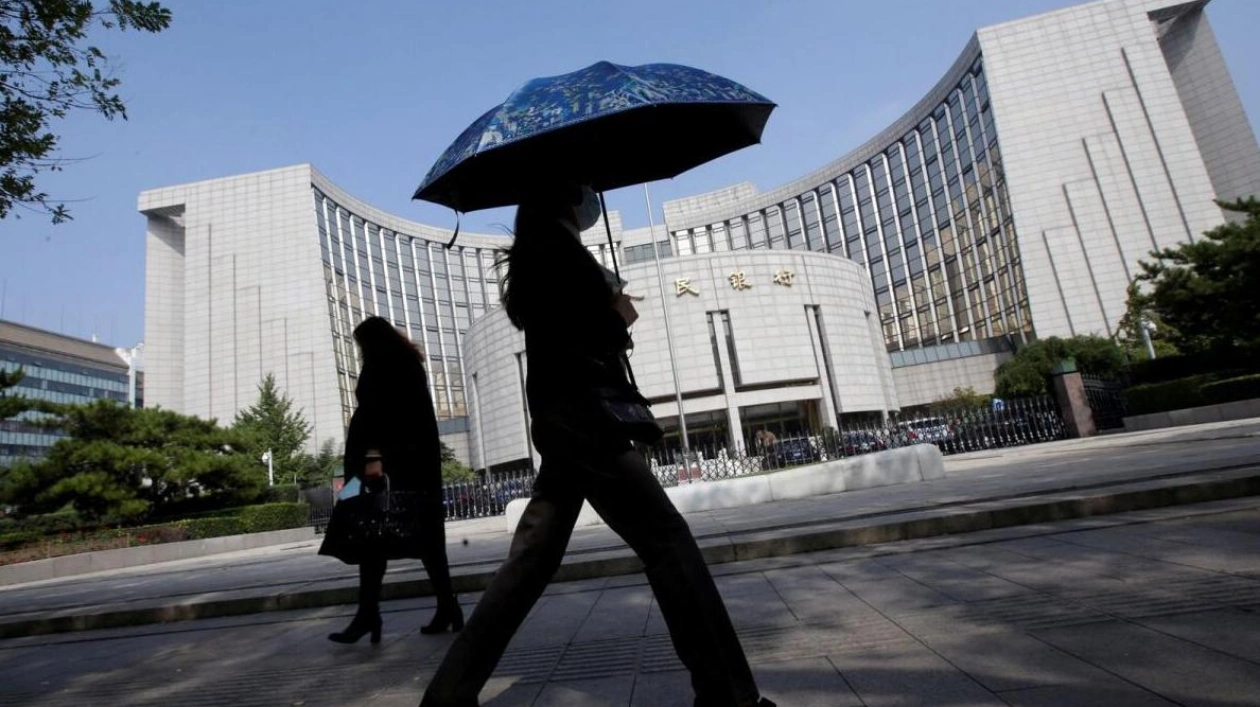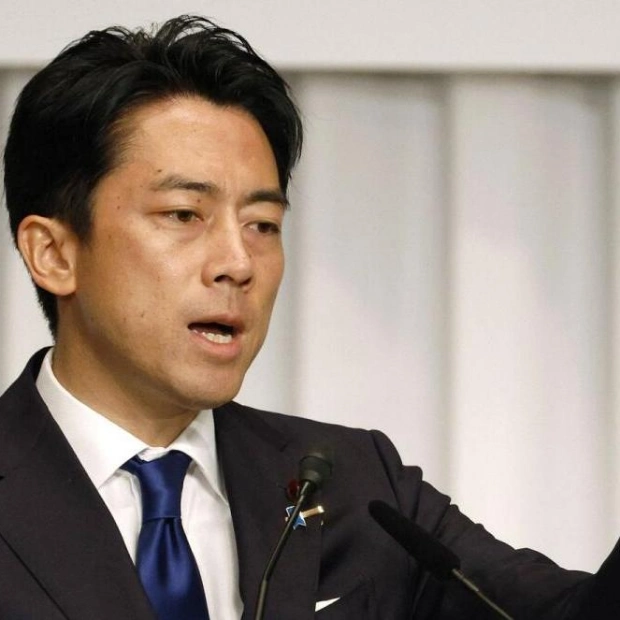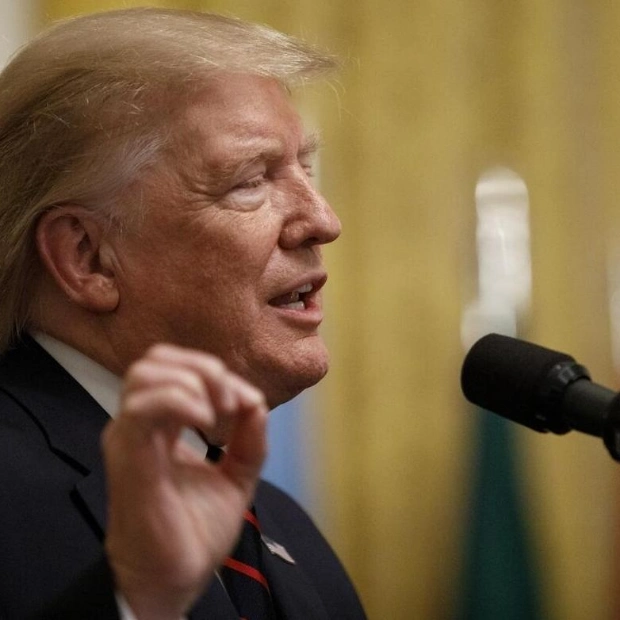China still has the flexibility to reduce the amount of cash that banks must hold as reserves, even as it faces limitations in cutting interest rates, according to a central bank official on Thursday. This move is aimed at supporting the country's sluggish economic recovery. The People's Bank of China (PBOC) has been gradually lowering interest rates and injecting liquidity this year, but it is under pressure to do more to ensure the economy grows around 5% this year, in line with the government's target.
The current average reserve requirement ratio (RRR) for financial institutions is approximately 7%, indicating some room for reduction, said Zou Lan, head of the bank's monetary policy department, during a media briefing. The PBOC will monitor economic developments before making any adjustments, Zhou added, noting that the bank is closely observing policy changes in major economies. China's central bank has reduced the weighted average RRR from nearly 15% in 2018 to its current level, injecting over 12 trillion yuan into the economy. A 50-bps RRR cut for all banks took effect on February 5, but economic indicators showed that China's economy grew much slower than expected in the second quarter, due to a prolonged property downturn and weak domestic demand.
Goldman Sachs expects the PBOC to implement a 25-bps RRR cut in September and a 10-bps policy rate cut in the fourth quarter. An official survey revealed that China's manufacturing activity declined to a six-month low in August, prompting policymakers to accelerate plans to provide more stimulus to households. Zou noted that shrinking net interest margins for banks would limit further cuts in deposit and lending rates. The PBOC will continue to maintain a supportive monetary policy, according to deputy central bank governor Lu Lei, who added that the bank aims to promote a steady decline in corporate and household financing costs. The PBOC will guide market interest rates closer to its main policy rate, the seven-day reverse repo rate, as it shifts its focus from quantitative targets to price-based tools such as interest rates, Zou added. The central bank seeks to transition its policy framework to target the cost of credit rather than its size, but liquidity risks and uncooperative markets are complicating the shift away from state-directed bank lending.






